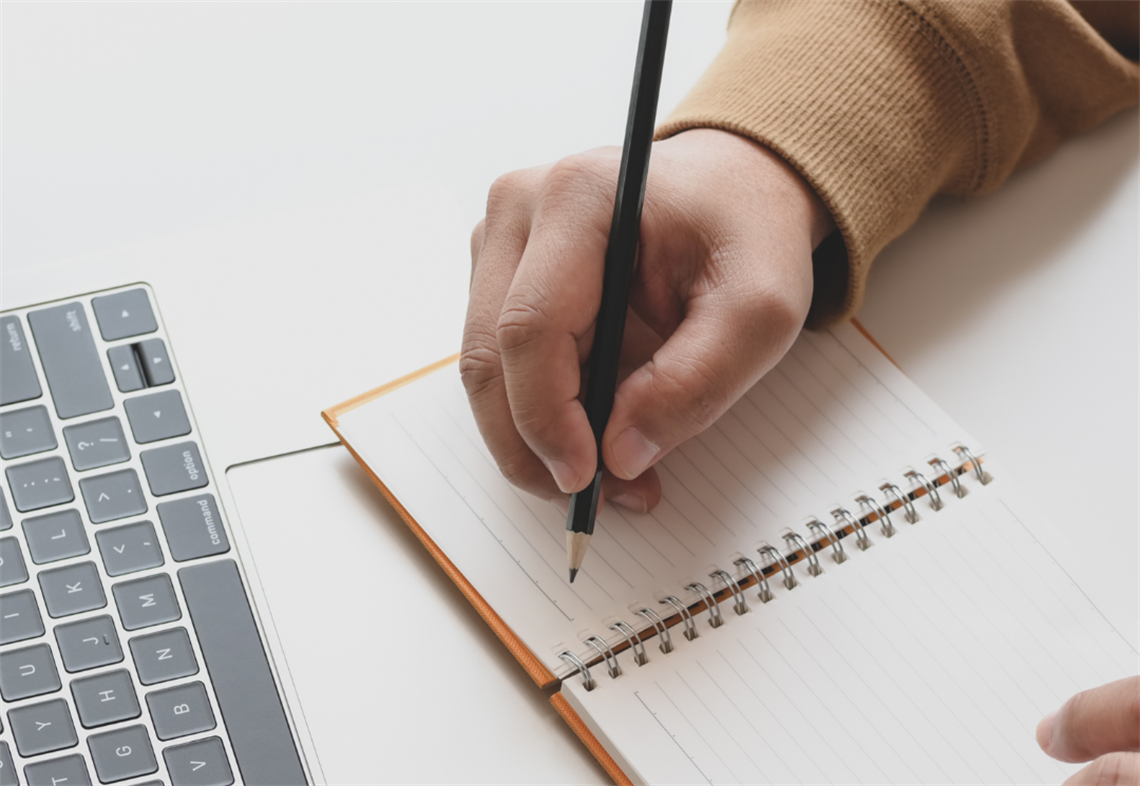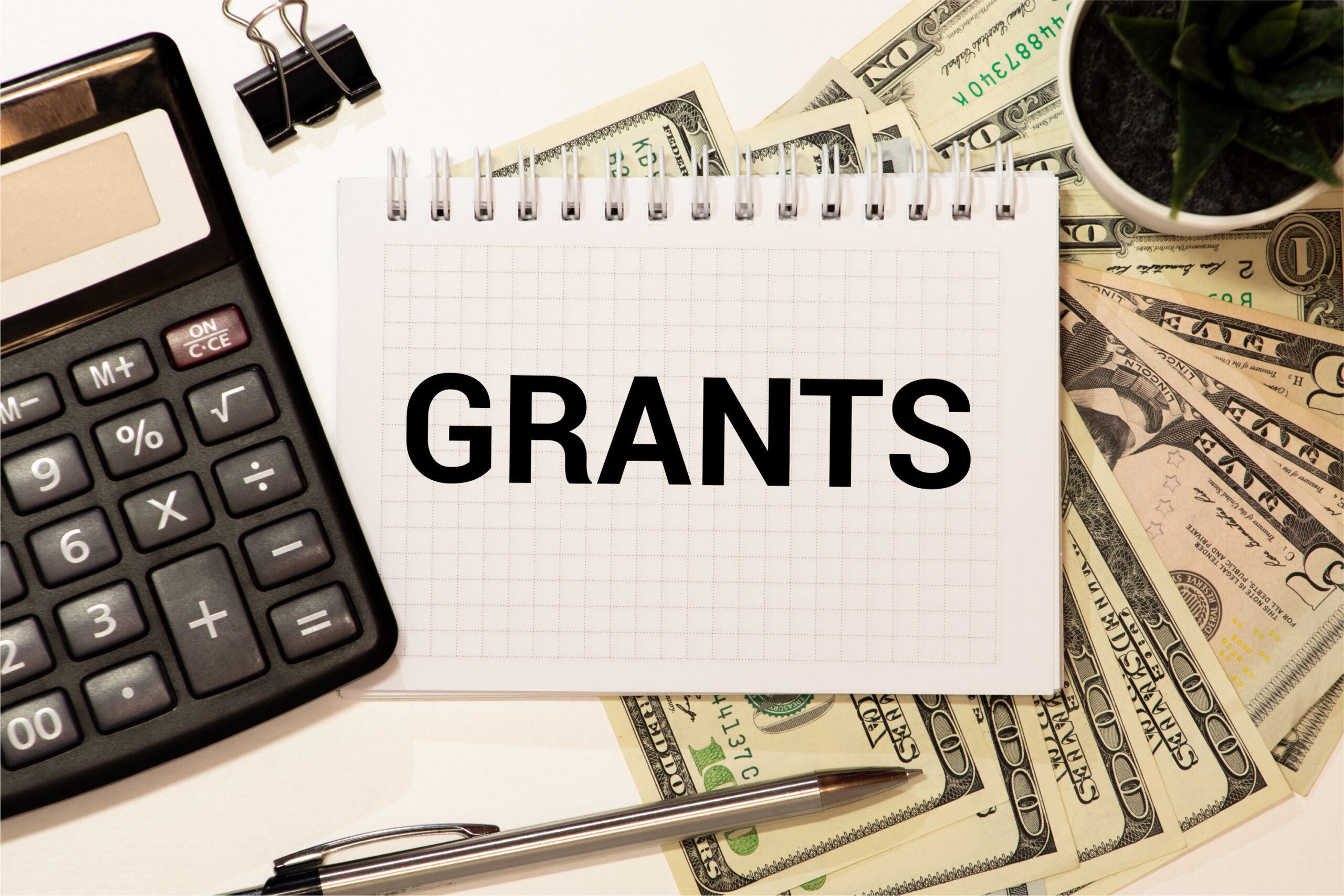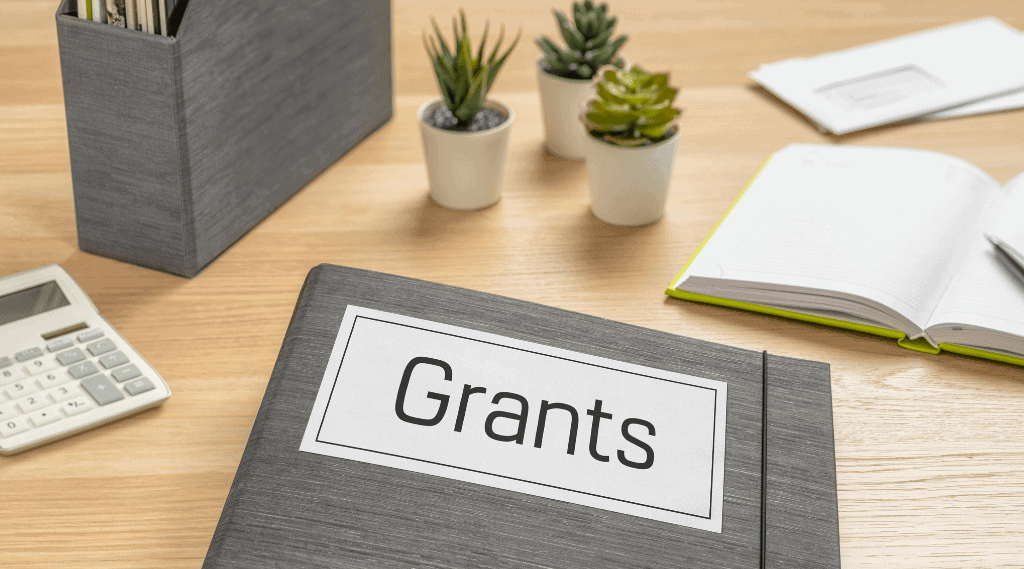Introduction.
Grant writing can open many doors if you know the basics. I’ve seen firsthand how a clear, well-structured proposal can bring your project to life with the funds it needs.
In this post, I’ll share some simple tips that have helped many beginners start their grant writing journey. I aim to provide friendly advice, clear examples, and useful resources—all in plain English.
Why Grant Writing Matters
Writing a grant proposal is not just about asking for money. It’s a way to share your vision and prove that you’re ready to manage resources effectively. Grants can fund research projects, community programs, educational initiatives, and much more.
However, many proposals never see success because of common pitfalls and unclear messaging. Did you know that the average funding rate for federal grants is often below 20%?
This statistic shows how important it is to stand out with a strong, thoughtful application. For more on federal funding statistics, you can visit the Grants.gov website.
By improving your grant writing skills, you can make your project more competitive and increase your chances of getting funded. I’m here to break down the process into simple steps that you can follow to improve your proposals.
Just Before You Go
Empower individuals to overcome barriers, gain essential skills, and secure gainful employment through our proven programs—KeelMaster, KeelWings, and KeelMate. Your support can spark change and build brighter futures.
Donate NowGetting Started with Grant Writing
Before you start writing, it’s important to do your homework. Understanding what the grant-giving organization is looking for is a crucial first step. Here are some ways to begin:
- Research Funding Sources: Look for grants that match your project’s goals. Government sites like Grants.gov or foundations like Candid offer a wealth of opportunities.
- Read the Guidelines Carefully: Each grant has its own set of requirements. Make sure you follow these guidelines to the letter, as even small mistakes can hurt your chances.
- Plan Your Proposal: Create a clear outline that includes your project’s purpose, goals, budget, and timeline. A well-organized plan can help you present your ideas more confidently.
Taking these early steps sets you up for success and helps prevent common mistakes.
Crafting a Clear Proposal
A clear proposal tells a story—your story. Here’s how to make sure yours is easy to follow:
Define Your Objective.
Start with a simple explanation of what you want to achieve. Explain the problem you’re addressing and how your project offers a solution.
Show Your Impact.
Use data and examples to back up your claims. For instance, if you’re asking for funds for an educational program, mention how similar programs have helped increase graduation rates.
According to recent studies, well-structured educational grants can improve success rates by up to 25% in some communities.
Budget Realistically.
Provide a detailed, realistic budget. Funders appreciate honesty and clarity. Include every expense so that reviewers can see you’ve thought everything through.
Plan for Evaluation.
Explain how you will measure the success of your project. Setting clear milestones shows that you’re serious about achieving your goals.
Using clear language and simple structure can help your proposal stand out.
Tips for a Successful Proposal
After laying the groundwork, here are some extra tips that can help you polish your proposal:
- Tell a Story: Start with a brief narrative about why your project matters. Personal stories or case studies can make your proposal more relatable.
- Keep it Simple: Avoid using technical language. Instead, use everyday words to explain your project. This makes your proposal accessible to everyone on the review panel.
- Be Concise: Every sentence should serve a purpose. Trim unnecessary details to keep the focus on your main message.
- Use Visuals: Charts, graphs, or simple infographics can help illustrate your points. Visual aids can make complex data easier to understand.
- Proofread: Mistakes can distract reviewers from your message. Take time to edit your proposal, or ask a friend to help check for errors.
These tips are based on my own experience and advice from seasoned grant writers. A focused, honest, and clear proposal goes a long way.
Common Pitfalls and How to Avoid Them
Even a good proposal can fall short if it misses a few key elements. Here are some common pitfalls and ways to avoid them:
- Ignoring the Guidelines: Some proposals get rejected simply because they don’t follow the application instructions. Always double-check the requirements.
- Overcomplicating the Proposal: Stick to simple language. It’s tempting to use fancy terms, but clarity is more important than impressing with vocabulary.
- Lack of Focus: Don’t try to cover too many ideas in one proposal. Focus on one main project or idea, and explain it well.
- Poor Budget Planning: Underestimating or overestimating costs can lead to skepticism. Be realistic and transparent with your numbers.
- Missing a Clear Evaluation Plan: Funders want to see how you will track success. Without a clear plan, your project might seem too vague.
Recognizing these common issues early on can help you craft a stronger proposal that stands out.
FAQs
Do I need special software to write a grant proposal?
No, a basic word processor is enough. The focus is on your ideas, clear writing, and planning.
How long should my proposal be?
It depends on the grant guidelines. Some proposals are just a few pages, while others may be more detailed. Always follow the instructions provided by the grantor.
What if my proposal is rejected?
Rejection happens to even the best writers. Use any feedback provided to improve your proposal and try again.
Can I apply for multiple grants at the same time?
Yes, many organizations allow you to apply for several grants simultaneously. Just be sure each proposal is tailored to the specific grant’s requirements.
Are there any free resources for learning more about grant writing?
Absolutely. Websites like Grants.gov and Candid offer plenty of guides and sample proposals. I also recommend checking out online courses from reputable organizations.
Additional Resources for Grant Writers
If you’re ready to dive deeper, here are some links to help you on your journey:
- Grants.gov: A central resource for federal grant opportunities. Visit Grants.gov to search for grants and learn more about the application process.
- Candid’s GrantSpace: Offers tools, training, and resources for grant seekers. Check out Candid for more information.
- Foundation Center: A great resource for finding private grant opportunities. Explore their offerings at Foundation Center.
- Local Libraries and Community Centers: Many offer workshops on grant writing. These in-person sessions can provide personalized guidance.
These resources have helped many beginners, and they’re a good place to start if you want to learn more.
Conclusion
Grant writing can seem challenging at first, but it doesn’t have to be overwhelming. With a bit of planning, clear writing, and a focus on your project’s goals, you can create a proposal that gets noticed.
I hope these tips have given you a solid starting point and some ideas on how to improve your proposal. The process may take time, but every step you take brings you closer to securing the funding you need.
What tip will you use first in your next grant proposal?
Just Before You Go
Empower individuals to overcome barriers, gain essential skills, and secure gainful employment through our proven programs—KeelMaster, KeelWings, and KeelMate. Your support can spark change and build brighter futures.
Donate Now


